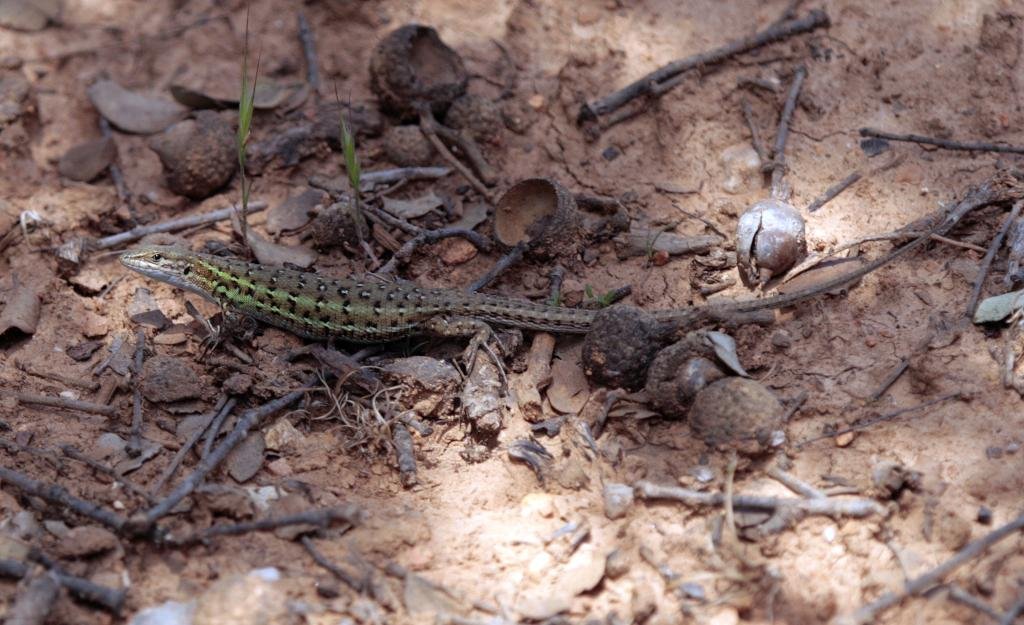Slow Worm (Anguis fragilis) Lución
Non-Venomous Scientific: Anguis fragilis (The previous Spanish subspecies Anguis fragilis fragilis is now with the western European populations) English: Slow Worm Spanish: Lución Portuguese: Licranço Galician: Escáncer común Family: Anguidae Distribution: Northern Spain and north and central Portugal, as well as the entire European mainland. Western Europe, northern Europe and western Balcans) Identification and similar … Read more



